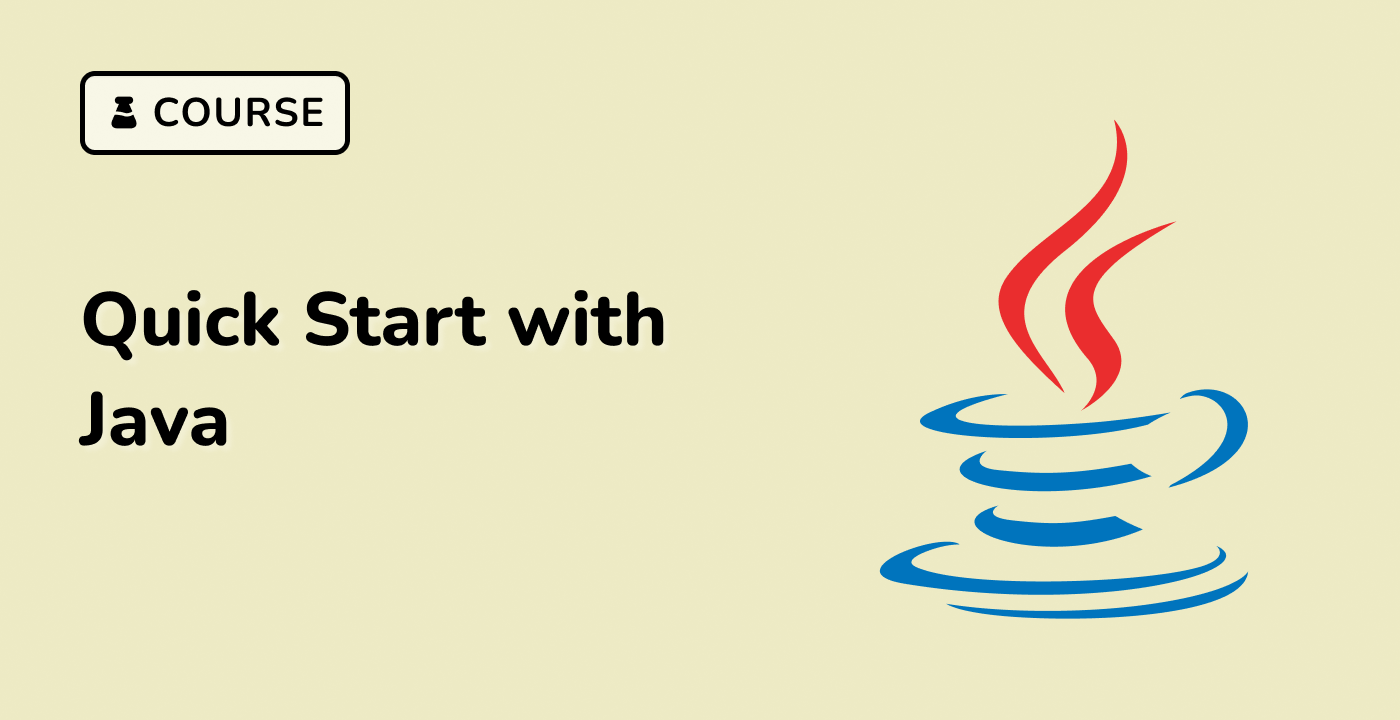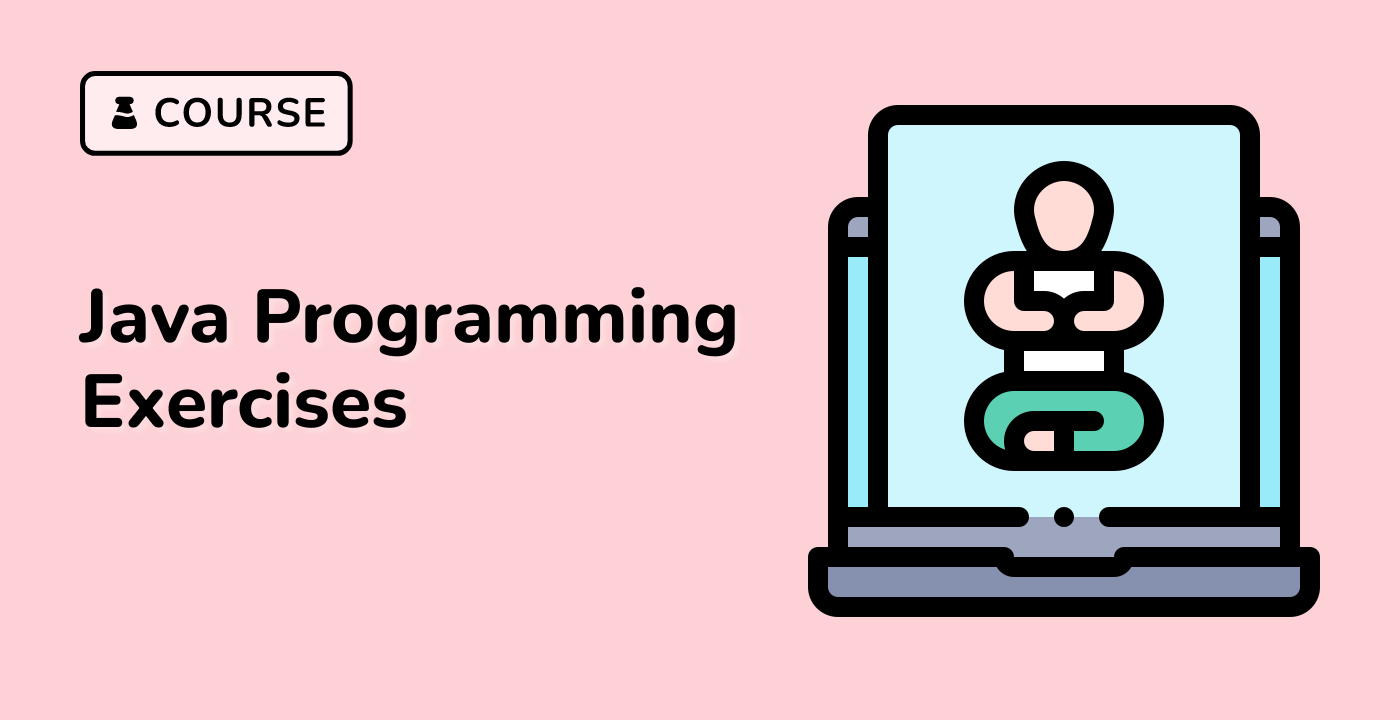Command Line Flags Basics
What are Command Line Flags?
Command line flags are parameters passed to Java applications during startup that modify the behavior of the Java Virtual Machine (JVM) or the application itself. These flags provide a powerful way to configure and optimize Java applications directly from the command line.
Types of Command Line Flags
Java command line flags can be broadly categorized into three main types:
| Flag Type |
Description |
Example |
| Standard Flags |
Widely supported across different JVM implementations |
-version, -help |
| Non-Standard Flags |
Implementation-specific flags |
-XX:+PrintGCDetails |
| Developer Flags |
Used for debugging and development |
-verbose:gc, -Xlog:gc* |
Basic Syntax of Command Line Flags
graph LR
A[Java Command] --> B[Flag Prefix]
B --> C[Flag Name]
B --> D[Flag Value]
Flag Prefix Examples
-: Standard flags-X: Non-standard flags-XX: Advanced non-standard flags
Common Standard Flags
Version and Help
## Display Java version
java -version
## Display help information
java -help
Classpath Configuration
## Set classpath
java -cp /path/to/classes MyApplication
Memory Configuration Flags
Heap Memory Flags
## Set initial heap size
java -Xms512m MyApplication
## Set maximum heap size
java -Xmx1024m MyApplication
Practical Example
Let's demonstrate a comprehensive flag usage:
java -Xms512m -Xmx1024m -XX:+PrintGCDetails -cp /home/labex/app MyApplication
This command:
- Sets initial heap memory to 512MB
- Sets maximum heap memory to 1024MB
- Enables detailed garbage collection logging
- Sets classpath to
/home/labex/app
- Runs
MyApplication
Best Practices
- Use flags judiciously
- Understand the impact of each flag
- Test thoroughly after configuration
- Refer to official JVM documentation
When to Use Command Line Flags
- Performance tuning
- Memory optimization
- Debugging
- Logging configuration
- Runtime behavior modification
By mastering command line flags, developers can fine-tune Java applications with precision, making them more efficient and easier to diagnose. LabEx recommends experimenting with flags in controlled environments to understand their effects.




